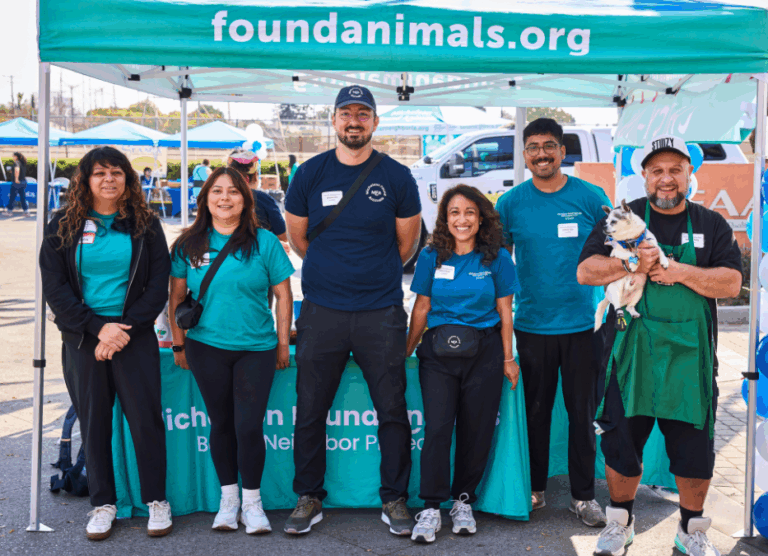Bike with Fido: 12 Tips to a Successful Ride

Ah, summer. After long months of winter, sunshine and flowers inspire the yearning to get outside and enjoy the warmer weather. If your dog enjoys the outdoors as much as you do, why don’t you celebrate the season by taking a bike ride? Whether planning your first ride together or your fiftieth, we’ve got 12 tips to make it a success.
1.) Identify yourself. Wear identification, and outfit your dog with an external ID. Your dog should also be microchipped, and registered with current info in a microchip registry.
2.) Practice Safe Rex. Spay or neuter your dog so if it gets away from you, you’re not contributing to any unwanted births.
3.) Get the doc’s ok. Both you and your dog should be cleared for exercise. Dogs that are very young, very old, or of certain breeds should not partake in vigorous activity.
4.) Defend from the elements. Your dog should be dosed with monthly flea prevention, and you both should be wearing sunscreen. Especially for light colored dogs: noses, ears, top of the head and back are important to protect.
5.) Dog, meet Bike. If your dog has never seen a bicycle before or has only seen it in its stationary position, she might shy from it when it gets moving. Introduce the bike in various stages of motion with lots of praise and treats until your dog is acclimated.
6.) Use proper equipment. For biking, your dog should wear a harness attached to a bike baton, which keeps the dog at a safe distance from your bike and prevents him running in front of it. Bring a regular leash with you for treks away from the bike and emergencies.
7.) Start slowly. As with any exercise routine, you will need to build your dog’s stamina. Take practice runs that gradually increase time, pace and distance.
8.) Ace the oral. Your dog should know what to do when you want to turn, slow down or stop. These commands can be any words you want, just make sure they sound different enough from other words you might say (to people in passing, for instance).
9.) Fido sets the pace. Remember, he is running; you are just along for the ride. Make frequent stops for rest and water breaks.
10.) Check head and feet. Excessive panting or drooling means it’s time to STOP for rest and water. Inspect foot pads for injury – if she’s not accustomed to running on blacktop or other terrain, her pads need time to toughen up. Or, buy special boots made for these activities.
11.) Use common sense. Choose your route wisely and avoid areas that are too narrow, crowded or near heavy traffic. Wear your helmet. Your dog’s best protection is your ability to think.
Have fun! Your ride should be a relaxing time to bond with your dog so take your time, enjoy the scenery and don’t forget to treat and praise your dog for being such a great cycling partner.



